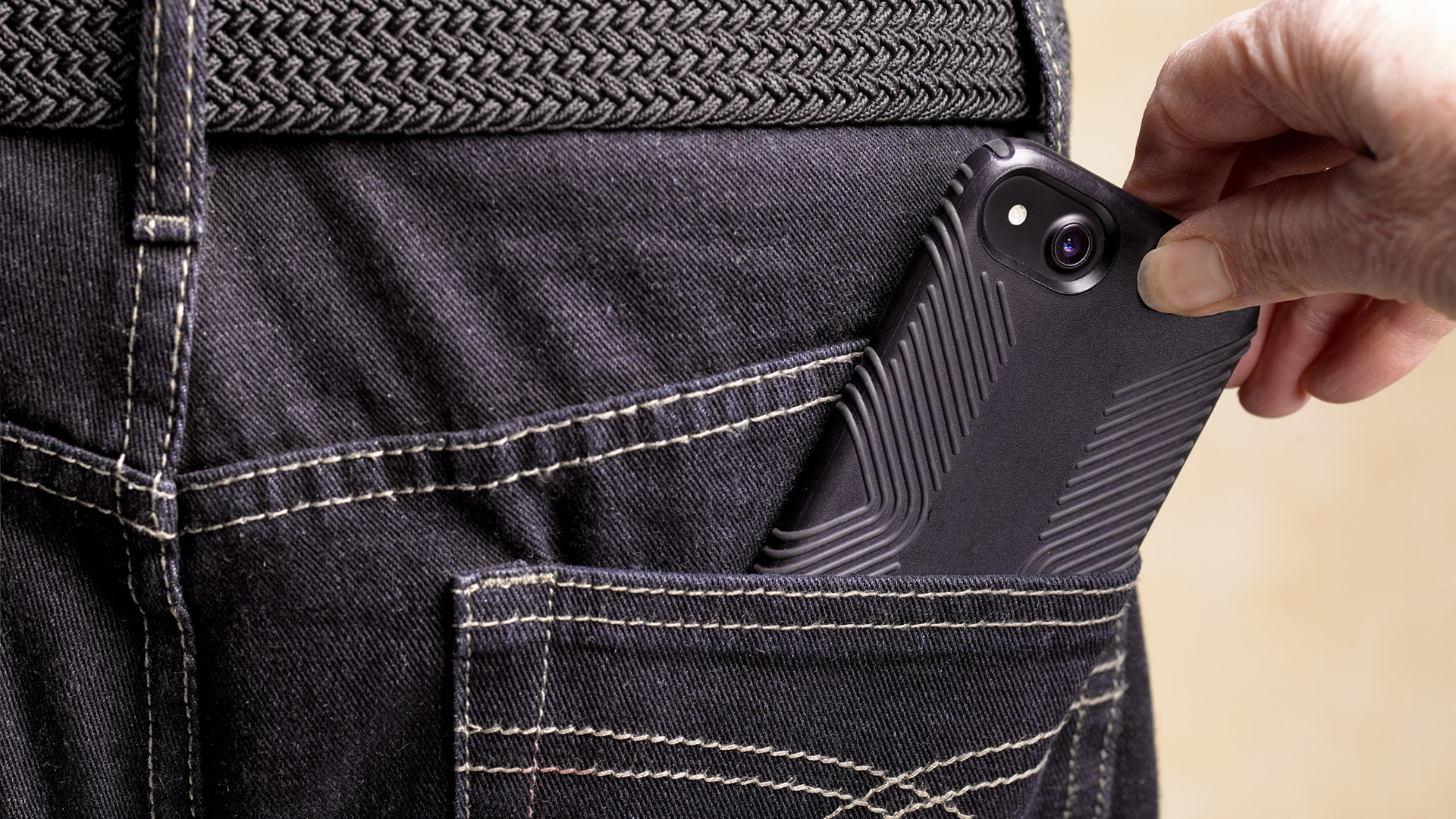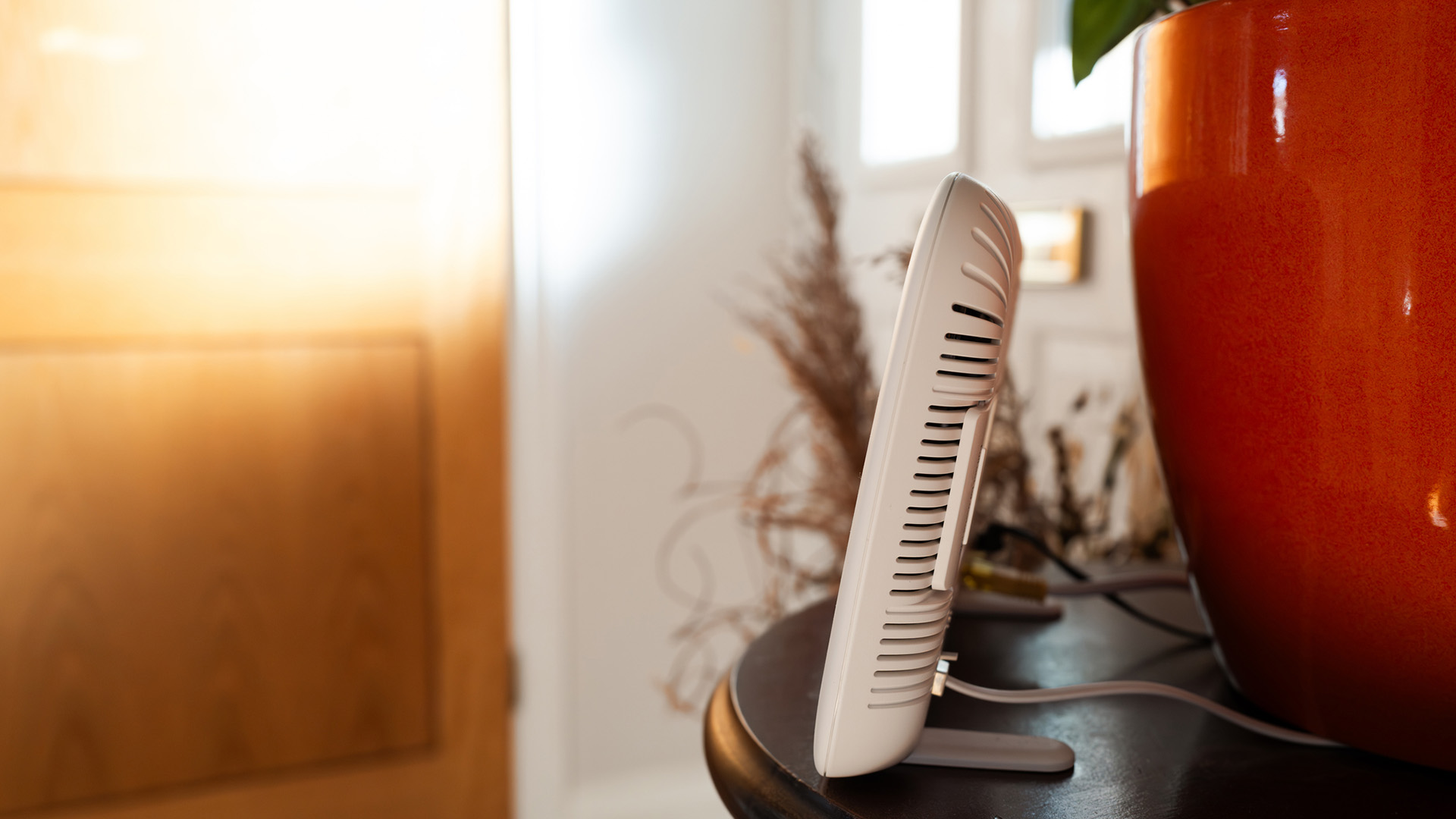

A recent New York Times article shocked many, myself included, by showing how easily a stolen passcode can ruin your digital and financial life. It centred on iPhones but Android users are no safer. A criminal would observe someone entering their passcode, trick them into giving it away, or worse still make them reveal it at knifepoint.
Then they’d steal the phone and change the passcode, change the face in FaceID, the password in AppleID, turn off Find My iPhone, and render the passwords in a keychain unusable, all within a minute or two.
My own enthusiasm for financial apps dates back to interviewing an ex-hacker, many years ago. He strongly advised doing online banking through a phone rather than a browser because it was way more secure. Since then, helped by reassuringly sophisticated biometric security features and sheer convenience, phone-based banking has become the norm.
Surveys suggest 90% of us now use banking apps, but unauthorized access to them plus everything else on your phone – social accounts, photos, emails and even these days your car keys – compromises almost all aspects of your life and makes this portable ‘attack surface’ so rewarding for the criminal. It doesn’t help that many extra verification codes are sent through to your phone too – whether by SMS or through a (more secure) authentication app.
The very device that institutions use to try and protect you is the one that’s been nicked. Some banks have been sufficiently concerned about your phone’s vulnerability to start generating their own versions of your biometric identity, which they store on their servers rather than locally on your phone.

To be fair Apple has begun to address the issue seriously in iOS 17.3. The new Stolen Device Protection feature requires additional Face or Touch ID authentication when you’re not in a familiar location and access features like stored passwords. It also introduces a one-hour delay followed by a second Face or Touch ID authentication when you change ‘critical security settings’ like your Apple ID or Face ID. It should give you time to thwart the worst in an emergency.
Are these precautions enough? I called Ken Munro of cyber security experts Pen Test Partners. He’s of the view that, balancing the risks, people should still “bank using their phone rather than web apps, because it’s much more likely that someone would compromise your home PC”. He added that Stolen Device Protection is “one of the best things Apple has done” and that you should switch it on. His major worry, at least for iPhone users, is elsewhere – the recent EU ruling that forces the company to open their phones up to other app stores. “That changes things to my mind, because while Apple is good about keeping rogue apps out of its app store… this potentially exposes customers to bad app stores.”
Sign up to the T3 newsletter for smarter living straight to your inbox
Get all the latest news, reviews, deals and buying guides on gorgeous tech, home and active products from the T3 experts
For the moment, Ken’s words reassured me that I wasn’t quite as vulnerable as I’d feared. I don’t think I’ll abandon my financial apps wholesale and go back to banking purely in a browser. But I might rehearse what to do if my phone gets stolen – an emergency disaster planning scenario that will help me be more effective if the nightmare becomes reality.
Jon is the main gadget reviewer and presenter for The Gadget Show on Channel Five. He was previously the Producer and Executive Producer of BBC's Top Gear between 1987 and 1999 and had a corner named after him on the Top Gear test track. He launched Fifth Gear for Channel Five and produced the show until 2004. When not presenting Jon enjoys writing. In 2019 Atlantic Books published his first book, Autopia: The Future of Cars, and he contributes regularly to Amateur Photographer magazine.
-
 New Porsche 911 evokes 70s cool and you can design it on Apple Vision Pro
New Porsche 911 evokes 70s cool and you can design it on Apple Vision ProPorsche 911 Spirit 70’s retro vibes contrast nicely with Apple Vision Pro tech
By Chris Hall
-
 The new Mercedes Vision V concept might be the coolest van I’ve ever seen
The new Mercedes Vision V concept might be the coolest van I’ve ever seenThe interior of this Mercedes van looks more luxurious than a private jet
By Alistair Charlton
-
 So where’s the promised 5G revolution?
So where’s the promised 5G revolution?Jon Bentley is disappointed that 5G hasn’t transformed the way we live – but he hasn’t given up hope just yet
By Jon Bentley
-
 I’ve glimpsed the future and it might just work
I’ve glimpsed the future and it might just workAfter pondering what the next big thing in tech could be, Jon Bentley had a conversation that gave him a bright idea
By Jon Bentley
-
 When it comes to a new PC, I’m in no rush to upgrade
When it comes to a new PC, I’m in no rush to upgradeRemembering what’s happened in the past, Jon Bentley is happy to play the waiting game for a computer upgrade
By Jon Bentley
-
 That’s the way the internet cookies will crumble
That’s the way the internet cookies will crumbleGiven third-party cookies are facing the crunch, Jon Bentley offers a taste of what online brands are cooking up instead
By Jon Bentley
-
 No more broadband haggles please
No more broadband haggles pleaseJon Bentley is increasingly frustrated at having to beg internet providers not to keep upping his bills
By Jon Bentley